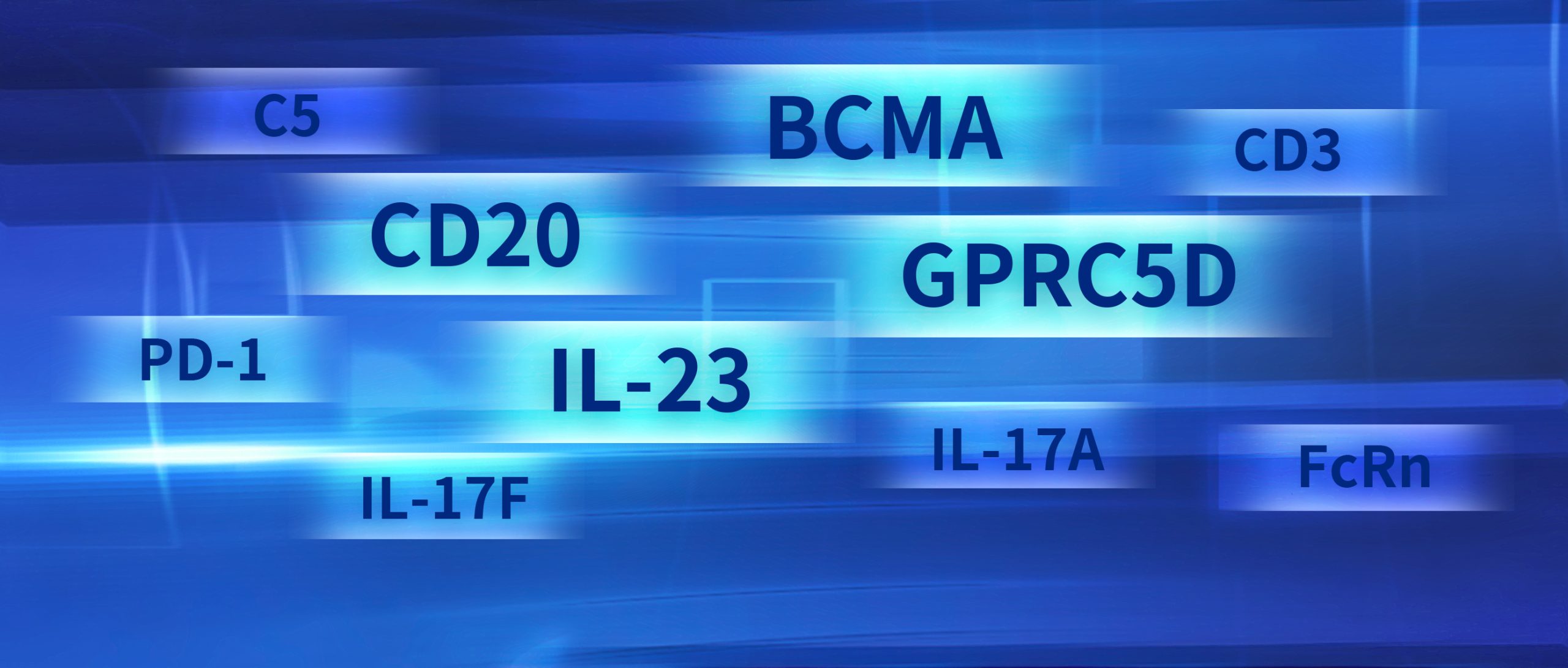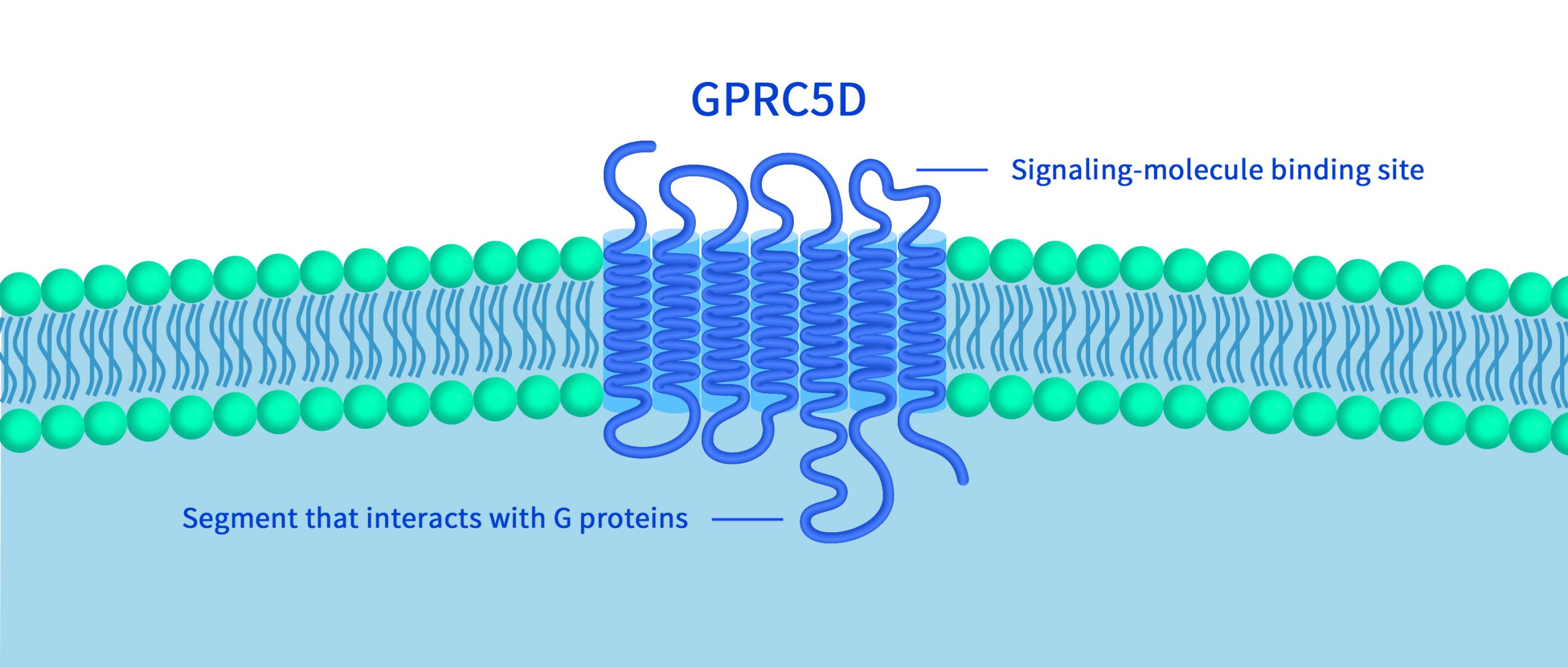About ADC Toxins – Everything You Need to Know
Antibody-Drug Conjugates (ADCs) are a novel class of cancer drugs that combine three main components: a monoclonal antibody, a linker, and a toxin. By harnessing the specificity of antibodies and the potency of cytotoxic agents, ADCs can selectively target and kill tumor cells, while sparing healthy cells. The choice of toxin is critical for the […]










